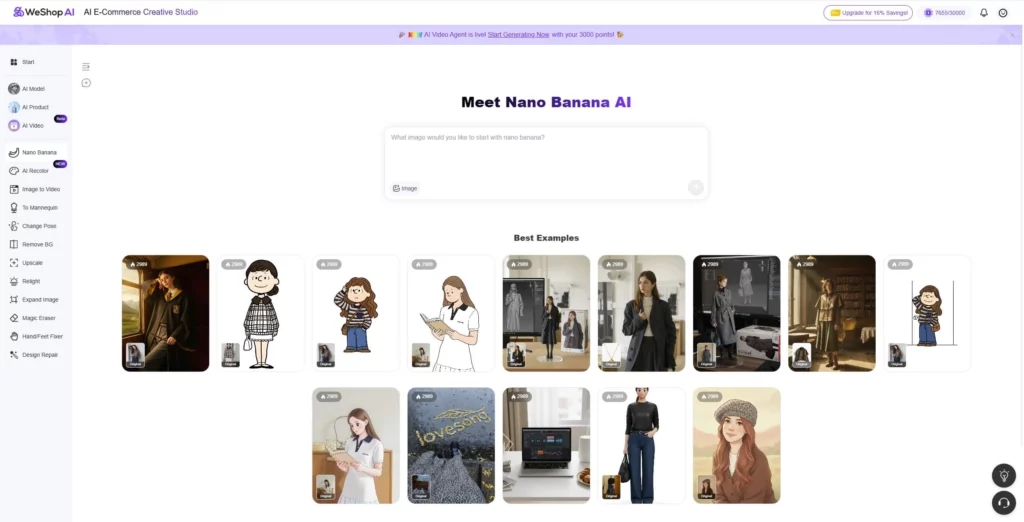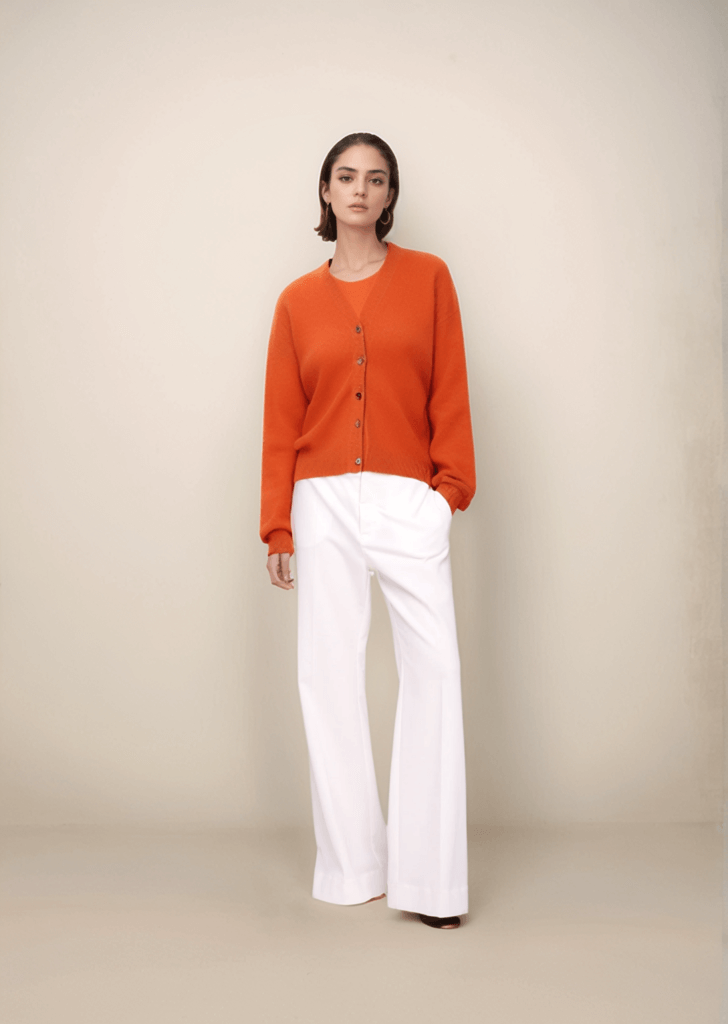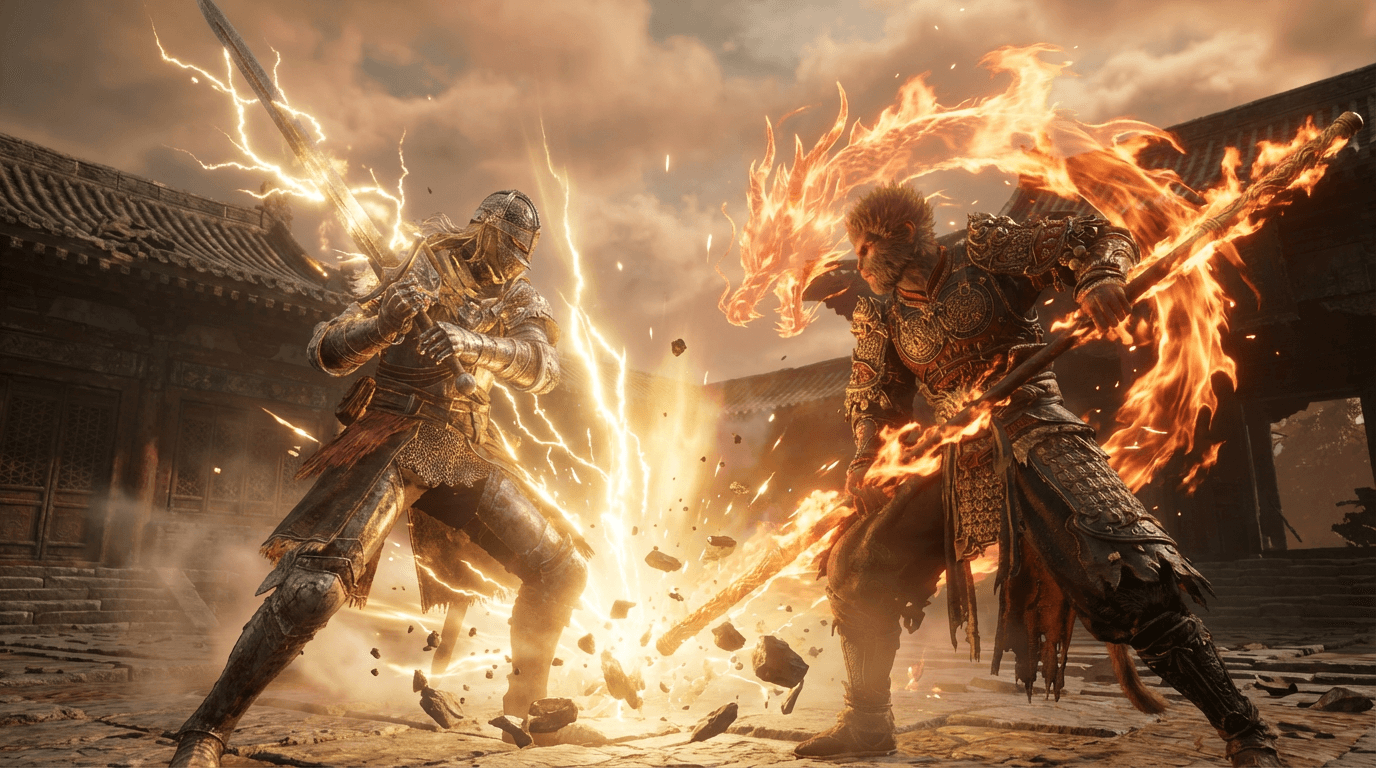
The world of e-commerce runs on visuals. For brands, the quality, consistency, and sheer volume of product imagery dictate everything from click-through rates to final conversion. In a marketplace saturated with content, merely having a photograph is not enough; the image must be a dynamic, aspirational, and perfectly contextualized piece of marketing. This reality has ushered in the age of generative AI photography, and at the forefront of this revolution stands WeShop AI. Already a leader in providing AI-powered creative solutions for online retailers, WeShop AI is now taking an unprecedented leap forward by officially integrating the highly-anticipated and powerful new model: Google Nano Banana 2.
This integration is not merely an upgrade; it is a fundamental transformation of the e-commerce creative pipeline, promising a new era of fidelity, control, and efficiency for digital storefronts worldwide.
Nano Banana 2: A Quantum Leap in Generative AI
The original Google Nano Banana, powered by Google’s Gemini 2.5 Flash Image, had already set a high bar, distinguishing itself with superior subject consistency and intuitive, natural-language editing capabilities. It was the model that made complex edits—like placing a product seamlessly into a lifestyle scene or changing an outfit on a model—feel conversational, not computational.
Nano 2 builds upon this foundation with a suite of breakthroughs that directly address the most critical pain points in commercial image generation:
1. Unprecedented Resolution and Detail
A primary constraint of previous models was the struggle with high-resolution output and fine details. Google Nano Banana 2 solves this, reportedly supporting native 2K output with optional 4K upscaling. For e-commerce, this is a game-changer. It means:
- Flawless Texture Fidelity: Nano2 gives more realistic Tiny details, such as the weave of a fabric, the stitching on a shoe, or the small print on product packaging.
- Crisp Text Rendering: On-image text, a notorious weakness for early AI models, is now handled with precision, ensuring that logos, labels, and slogans are clear, legible, and typographically correct.
2. Advanced Multi-Step Reasoning and Consistency
Nano Banana 2 is rumoured to operate on a more complex, multi-stage generation process: plan > verify > refine > generate. This internal self-correction mechanism drastically reduces common generative AI flaws:
- Improved Human Anatomy: Fewer “hallucinated” details like extra fingers or unnatural limb placements, leading to more believable virtual models.
- Perfect Subject Continuity: The model’s ability to maintain the exact likeness, colour, and texture of a product or model across multiple edits—from changing a background to swapping an accessory—is vastly improved, ensuring brand integrity.
3. Enhanced Control and Creative Flexibility
The model integrates a deeper visual reasoning capability, allowing for far more complex and precise instructions:
- Layer-Aware Editing: Users can prompt highly localized changes, such as, “replace only the jacket on the model, preserve the rest of the outfit and the fabric texture.”
- Flexible Aspect Ratios: Native support for an expanded range of formats (1:1, 16:9, 9:16) means assets are immediately ready for any channel, from Instagram Stories to desktop banners, without external cropping or manipulation.
The WeShop AI Advantage: Where Google Nano Banana 2 Meets E-Commerce
WeShop AI has always been designed as an end-to-end studio for product sellers. By integrating Nano Banana 2 as its core engine, WeShop AI transforms its platform from an advanced tool into a professional-grade creative accelerator.


1. Hyper-Realistic Virtual Try-On
WeShop AI’s core service is placing apparel products seamlessly onto diverse, realistic AI models. The power of Nano Banana 2 amplifies this capability:
- Realistic Draping: The new model handles the complex interplay of light and shadow with greater accuracy, making clothing drape and fold more realistically onto the virtual models, eliminating the “waxy” or painted-on look.
- Model Consistency at Scale: A fashion brand can now confidently use the same virtual model across an entire 500-SKU catalog, maintaining perfect facial identity and body positioning, a logistical feat impossible with human photography.
2. Instant, Aspirational Lifestyle Scenes
The ability to generate contextualised, high-impact lifestyle imagery is crucial for sales. With Google Nano Banana 2, WeShop AI users can:
- One-Click Campaign Creation: Upload one white-background product shot and prompt the AI to generate a full campaign: “Place this ceramic vase on a Scandinavian minimalist wood table, golden hour light from the window, and a monstera plant in the background.” The results are photorealistic and require zero location scouting or set dressing.
- Multi-Image Coherence: For brands telling a visual story across a carousel or ad set, the AI ensures that light, perspective, and color tone remain perfectly aligned, making multiple images look like they were captured during the same, expensive photoshoot.
3. Streamlining the Iterative Workflow
In marketing, speed is paramount. Nano 2’s reported faster iteration times and superior consistency mean creative teams can test and refine visual concepts at an unprecedented pace:
- Rapid A/B Testing: Teams can generate dozens of variations—different backgrounds, lighting, model poses, or props—in minutes, allowing for immediate A/B testing to determine which image converts best before committing resources to a final design.
- Designer-Level Edits by Anyone: Complex instructions that once required a senior Photoshop specialist—like fixing a shadow or removing a wrinkle—can now be executed by anyone using simple text prompts within the WeShop AI interface.
The Economic Impact: Scaling Creativity, Cutting Costs
The integration of Google Nano Banana 2 into WeShop AI is not just a technological win; it’s an economic advantage. Traditional e-commerce photography workflows involve high recurring costs: studio rental, model fees, photographer rates, and lengthy post-production.
WeShop AI with Nano Banana 2 completely disrupts this cost structure:
| Traditional Photography Workflow | WeShop AI + Google Nano Banana 2 Workflow |
| Cost: $1,000 – $5,000 per product shoot | Cost: Subscription/Pay-per-image, fraction of the cost |
| Time: 4–8 weeks from concept to final image | Time: 5–15 minutes from upload to final image |
| Flexibility: Limited to location/props available on the day | Flexibility: Unlimited scenes, props, models, and lighting |
| Result: Fixed set of images | Result: Unlimited variations for ongoing A/B testing |
This efficiency allows smaller brands to compete visually with large corporations and enables large enterprises to scale their visual content by orders of magnitude, all while maintaining the professional polish guaranteed by Nano Banana 2’s high-fidelity output.
Conclusion: The New Standard is Here
The launch of Google Nano Banana 2 marks a turning point in generative AI, and its rapid integration into the WeShop AI platform solidifies WeShop AI’s position as the essential creative tool for modern e-commerce.
By combining an intuitive, commerce-focused platform with the world’s most advanced image generation engine, WeShop AI is doing more than just simplifying photo editing; it is empowering brands to unlock unlimited creative potential, accelerate their market presence, and ultimately, drive higher conversion rates. The future of product photography is no longer about capturing reality, but about generating perfection on demand.
Welcome to the Nano Banana 2 era on WeShop AI. Get ready to rethink your product visuals.
🍌 Nano Banana 2: Frequently Asked Questions (FAQ)
Nano Banana 2 is Google’s highly anticipated advanced image generation model, rumored to be a significant leap from its predecessor, Google Nano Banana (officially Gemini 2.5 Flash Image). It is expected to transform professional and commercial visual workflows, particularly in e-commerce.
General Information
Q1: What is Nano Banana 2?
Nano Banana 2 is a new-generation AI image creation model developed by Google. It is rumored to be a hybrid system, combining advanced large language model (LLM) reasoning (potentially from Gemini 3 Pro) with a powerful diffusion engine. This combination allows it to not only generate aesthetic images but also understand and execute complex, multi-step instructions with greater logical coherence.
Q2: How is Google Nano Banana 2 different from the first version?
The differences are reported to be structural and qualitative:
- Higher Fidelity and Resolution: Supports native 2K output with optional 4K upscaling, offering superior texture and detail, which eliminates the “waxy” look sometimes seen in earlier models.
- Accurate Text Rendering: It significantly improves on the previous model’s weakness by rendering clear, legible, and typographically correct text on signs, packaging, and screens.
- Enhanced Reasoning: It can interpret and follow complex, layered prompts (e.g., specific placement, light, and shadow integration) and even solve visual math problems or recreate diagrams accurately.
- Improved Consistency: Better at maintaining the identity, pose, and details of a product or character across multiple generated images.
Q3: What is “reasoning-guided synthesis”?
Unlike previous diffusion models that primarily map text descriptions to visual patterns, Nano Banana 2 employs a reasoning-guided synthesis architecture. This means the Gemini LLM component first processes the prompt to understand the user’s intent and the underlying logic (e.g., cause, effect, spatial relationship). It then guides the image generation process, resulting in outputs that are more conceptually coherent and less prone to logical errors.
Application in E-Commerce (WeShop AI)
Q4: How does WeShop AI utilize Google Nano Banana 2?
WeShop AI integrates Nano Banana 2 as its core image generation engine to power its e-commerce visual tools. This allows WeShop AI to deliver unprecedented quality and control in its services, such as:
- Virtual Try-On: Generating highly realistic photos of clothing draped naturally onto diverse AI models, with accurate fabric textures and shadows.
- Product Contextualization: Placing products seamlessly into complex, high-resolution lifestyle scenes and backdrops with photorealistic lighting.
- Localized Editing: Utilizing the advanced reasoning for Magic Eraser and layer-aware edits (e.g., removing a reflection without affecting the product).
Q5: What is the main benefit for e-commerce brands using Nano Banana 2 via WeShop AI?
The main benefit is accelerated content velocity and professional quality at scale. Brands can:
- Reduce Costs: Eliminate the need for expensive physical photoshoots, models, and studio time.
- Increase Speed: Turn a single product shot into a full portfolio of marketing-ready lifestyle images in minutes, not weeks.
- Enhance Conversion: Leverage the model’s superior fidelity and consistency to create aspirational, high-resolution visuals that drive higher click-through and conversion rates.
Q6: Can Nano Banana 2 generate images in different formats (aspect ratios)?
Yes. One of the rumored functional improvements is native support for an expanded range of aspect ratios, including popular formats like 1:1 (square), 16:9 (widescreen), and 9:16 (vertical/short video), making it easier to create assets ready for social media and various ad placements without manual cropping.
Technical and Safety
Q7: Does Nano Banana 2 have faster generation speeds?
Reports indicate that Google Nano Banana 2 targets faster iteration times, with complex prompts potentially completing in around 10 seconds in early tests. This improvement is crucial for rapid A/B testing and interactive creative exploration.
Q8: Are images generated by Nano Banana 2 traceable?
Yes. Consistent with Google’s other generative AI tools, images created or edited with Nano Banana 2 are expected to include the SynthID digital watermark. This invisible digital signature is built into the image data to clearly and cryptographically identify the visual as being AI-generated, ensuring transparency and trust.
Q9: Will Nano Banana 2 be available on devices?
There is credible speculation about an on-device integrated variant for platforms like Android (e.g., in Google Photos or the Gemini app). This would allow users to perform minor edits, cropping, and contextual enhancements locally on their devices for faster, privacy-focused processing.




